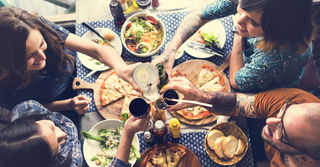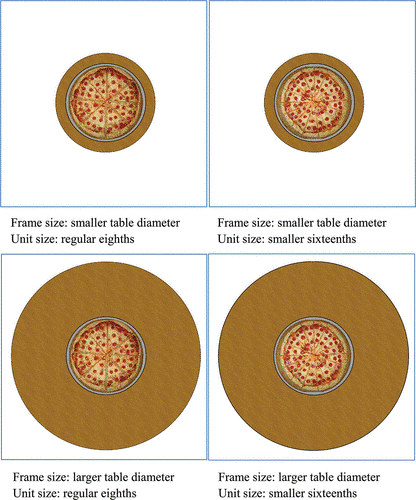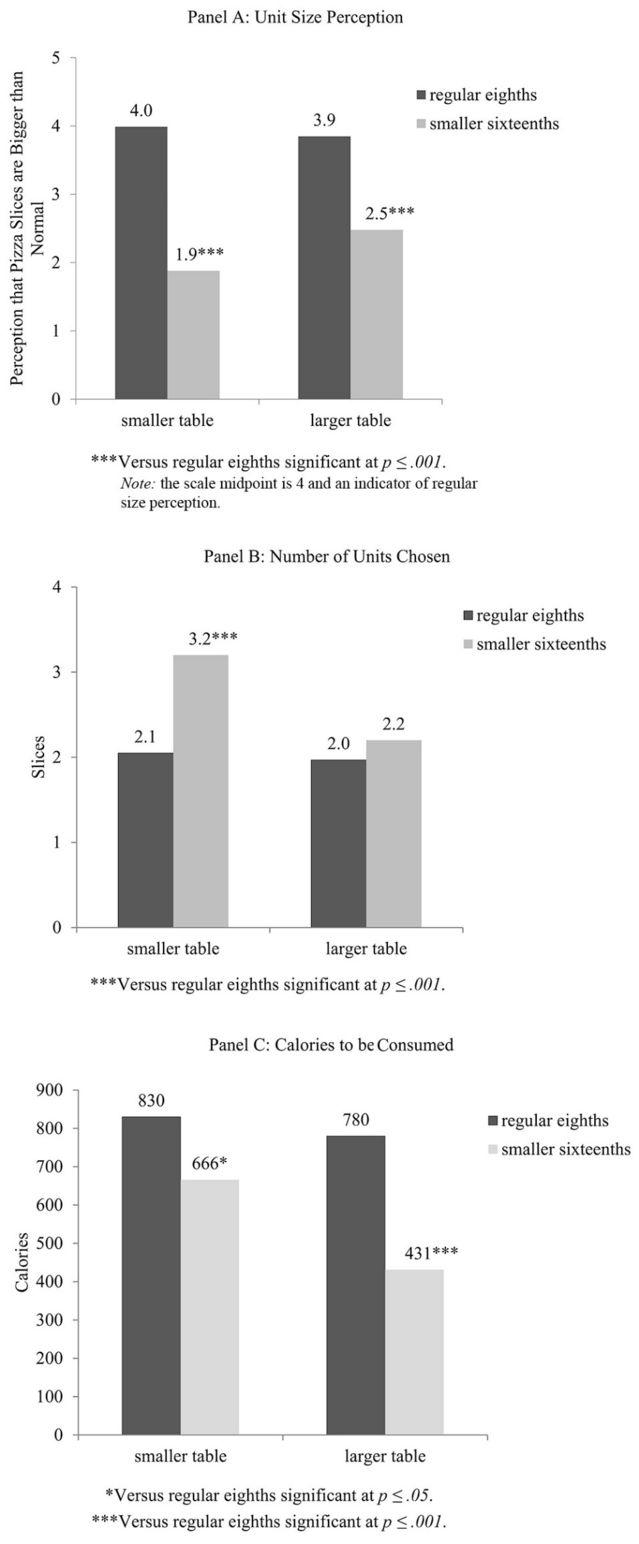Self-Control
Eating Too Much? Your Table Made You Do It
Table size and pizza slices.
Posted April 6, 2017

A clever study reveals some surprising influences on how much we eat, and might give us a clue on how to avoid overindulging. The study involves pizza — a food that allowed researchers to carefully test the idea that table size might influence caloric consumption. And the study showed two ways to keep from overeating pizza — tips that could be used for other foods as well.
The first way is to slice your pizza into lots of pieces. This might sound silly; after all, a large pizza cut into 8 slices is the same size as one cut into 16. Logically, your appetite should cause you to eat twice as many slices from the latter, leaving you consuming just as much pizza. But that’s not how our appetites always work: All else being equal, people usually eat less pizza when it is carved into more slices. Unless, that is, they ignore the second surprising thing that influences pizza consumption: Table size.
Consider the four pizzas pictured below, taken from a study by Brennan Davis and colleagues. The two pizzas on the left are carved into 8 slices; the two on the right which are carved into 16. Note also that the two pizzas on top are placed on small tables, while the two on the bottom rest on larger tables.

As it turns out, table size matters for pizza consumption because, when a table is large, it draws attention away from the small size of the pizza slice. On a large enough table, any pizza slice seems small.
Does that sound silly to you? Look at what happened when Davis and colleagues gave people pizza: The diners at smaller tables took more of the small slices (Panel B):

The result is that the best way to reduce calorie consumption is to combine small slices with large tables (Panel C).
This research should remind us that how much we eat is often unconsciously influenced by some surprising factors. Our consumption depends not just on how hungry we are, or how much "willpower" we have, but also on our dining environment — the size of our plates, whether our M&Ms are in a glass or ceramic container, even the number of people sharing a table with us.
If you want to eat less food, take advantage of these psychological influences: Cut your pizza into lots of smaller slices. Use small plates. If possible, remove clutter from the table so that it feels larger and, thus, draws attention away from the smaller-than-usual portions of food.
In general, then, to avoid overeating, establish a food environment that makes it easier to choose small portions, because the key to healthy eating is to make self-control effortless.
* Previously Published in Forbes.


